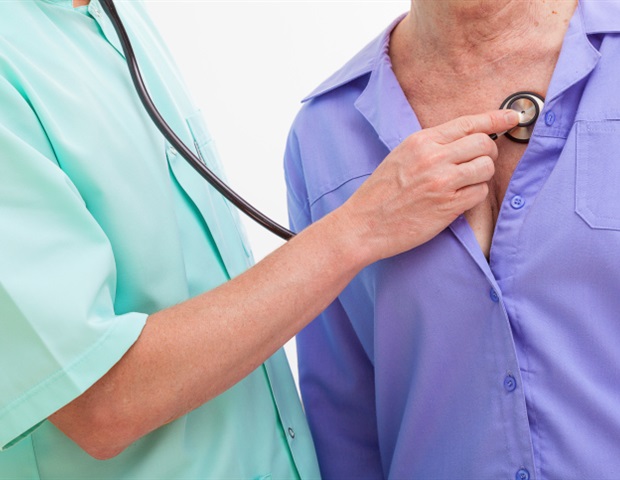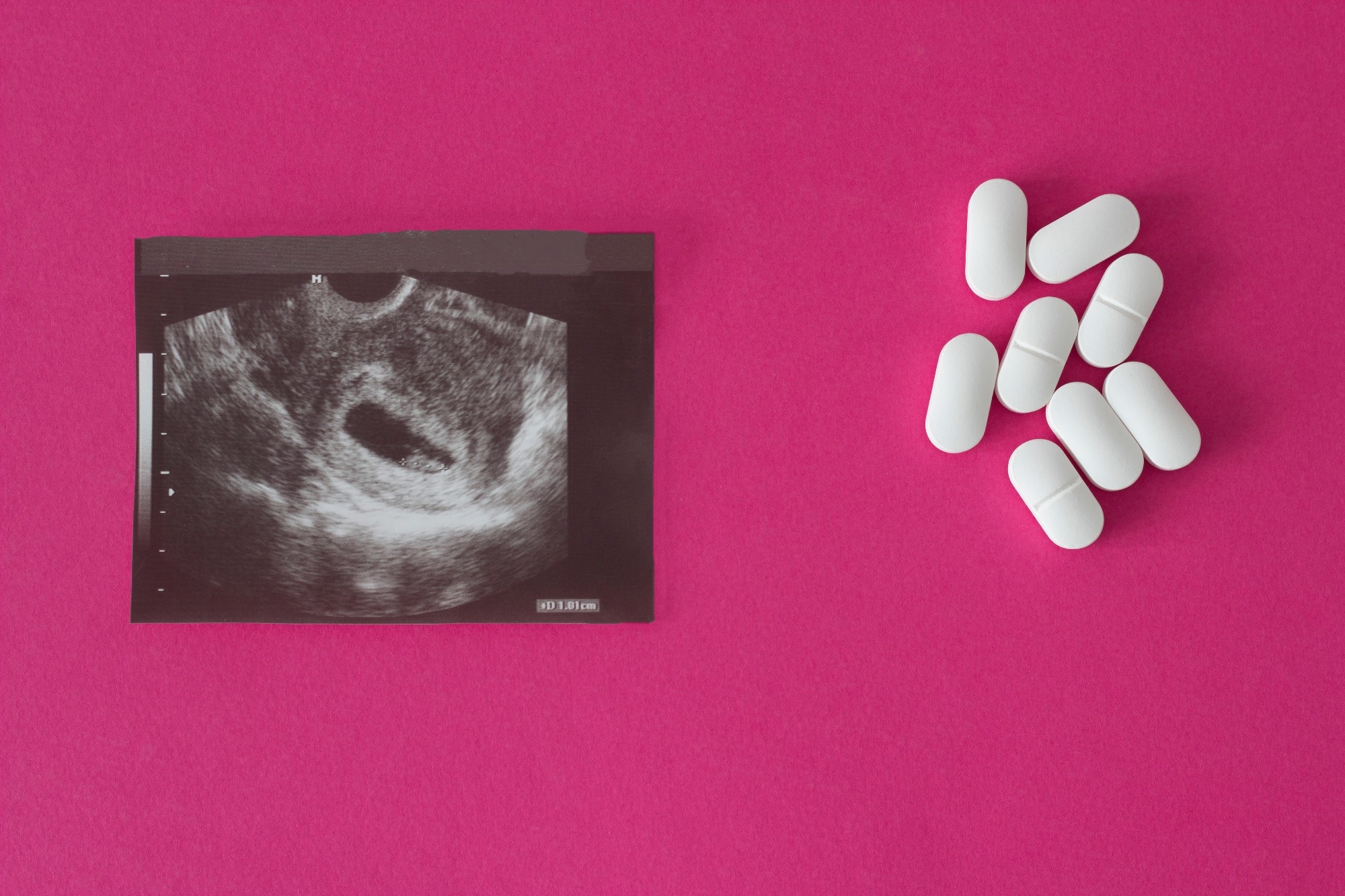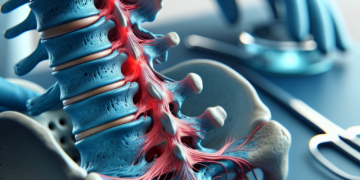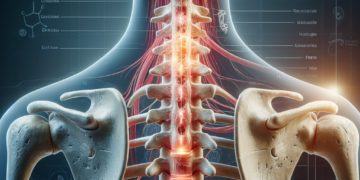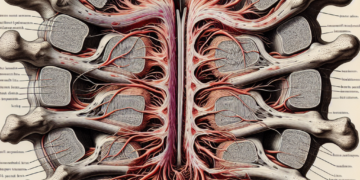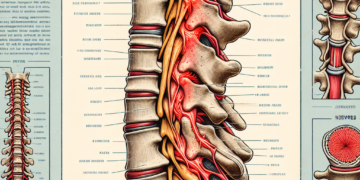Types of spinal cord injuries and its impact on daily life: a complete description
Spinal cord injuries (SCI) are among the most devastating medical conditions, significantly altering the lives of those affected and their families. These lesions occur when damage to any part of the spinal cord or nerves at the end of the spinal channel interrupts communication between the brain and the body. The consequences of the SCIS vary widely depending on the type and severity of the lesion. This article explores the different types of spinal cord injuries, their causes and its deep impact on daily life.
Types of spinal cord injuries
Spinal cord lesions are widely classified into two categories depending on the scope of the damage:
-
Full spinal cord lesion
A complete LME results in the total loss of the sensory and motor function below the level of the lesion. This means that the brain can no longer send signals to the affected areas, which leads to paralysis and loss of sensation. Complete lesions are additionally classified by their location:- Paraplegia: Paralysis of the bottom of the body, including the legs and, sometimes, the lower torso.
- Quadiplegia (tetraplejia): Paralysis of the four limbs and typically of the torso, often as a result of injuries to the cervical (neck) of the column.
- Incomplete spinal cord lesion
In incomplete scis, some degree of sensory or motor function remains below the injury site. The scope of deterioration depends on the severity of the damage. Common types include:- Anterior cord syndrome: Damage to the front of the spinal cord, which affects the function of the engine and the ability to detect pain and temperature.
- Central cord syndrome: Damage to the center of the spinal cord, often causing weakness in the arms more than in the legs.
- Brown-Séquard syndrome: Damage to one side of the spinal cord, which leads to paralysis on one side of the body and the loss of sensation on the opposite side.
Causes of spinal cord injuries
SCI can result from traumatic or non -traumatic causes:
- Traumatic causes: Car accidents, falls, sports injuries, violence or other external forces that damage the spine.
- Non -traumatic causes: Diseases such as cancer, infections, arthritis or degenerative spinal conditions that compress or damage the spinal cord.
Impact on daily life
The effects of a spinal cord injury extend far beyond physical limitations. They often lead to significant emotional, social and financial challenges. Below are some of the key areas affected by SCIS:
-
Physical health
- Mobility: Many people with scis require assistance devices such as wheelchairs, walkers or orthopedic devices to move.
- Intestinal and bladder control: The loss of control over these functions is common, which requires catheterization or other medical interventions.
- Chronic pain: Nervous damage often leads to persistent pain, which can be difficult to handle.
- Respiratory problems: Cervical or thoracic column injuries can affect breathing, sometimes they require ventilation support.
-
Mental and emotional well -being
- Depression and anxiety: Adapt to life after an LME can be overwhelming, leading to mental health challenges.
- Self-esteem: Changes in appearance and physical skills can affect one’s sense of identity and trust.
- Social isolation: Limited barriers to mobility and accessibility can make it difficult to maintain relationships and participate in social activities.
-
Financial and practical considerations
- Medical costs: Ongoing treatments, medicines and assistance devices can be expensive.
- Loss of income: Many people with SCIS cannot return to their previous works, which leads to financial tension.
- Accessibility modifications: Households and vehicles often require expensive adaptations, such as ramps or elevators.
- Family relationships and dynamics
- Emotional tension in caregivers and family members is common, since they may need to provide significant support.
- The roles within the family can change, requiring adjustments and open communication.
Live with spinal cord injury
While SCIS present numerous challenges, advances in medical technology and rehabilitation offer hope to improve the quality of life. Key strategies to manage life after a SCI include:
- Rehabilitation: Physical, occupational and speech therapy can help people recover skills and independence.
- Assistance technology: Innovations such as exoskeletons, neuroprothetic and adaptive devices are transforming mobility and daily life.
- Support systems: Peer support groups, advice and community resources can provide emotional and practical assistance.
- Preventive care: Regular medical controls help handle secondary complications such as pressure sores, infections and osteoporosis.
Conclusion
Spinal cord lesions are events that alter life that require comprehensive care and support. Understanding the types of SCIS and their consequences is crucial to develop effective treatment plans and promote resilience in those affected. While the trip after a LME is undeniably challenging, advances in science and medicine continue to improve the results, offering hope of a more independent and satisfactory life. By raising awareness and advocating accessibility and inclusion, we can create a world where people with SCIs prosper.
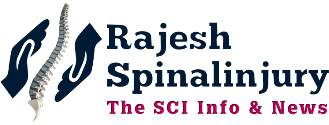




_6e98296023b34dfabc133638c1ef5d32-620x480.jpg)
